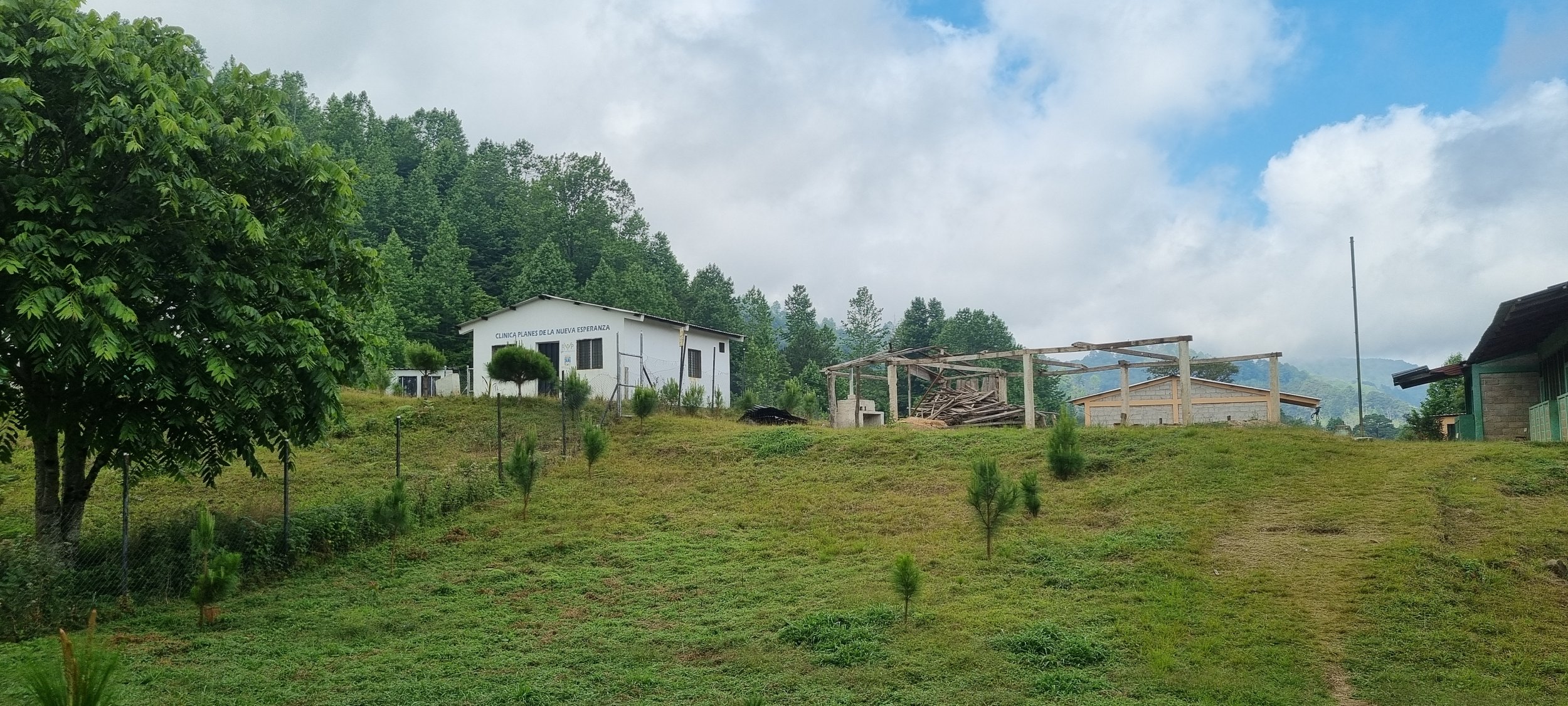
Rural Needs In Honduras
Why Honduras?
Honduras is one of the least developed and most economically disparate countries in the Western Hemisphere, with half of Hondurans living below the poverty line. An overburdened health system in the region and lack of basic services are among the many reasons that over 200 people per day choose to leave Honduras. We are committed to overcoming these challenges and supporting the people of Honduras through our sustainable health and development programs.
Read our 2023 Rural Needs Assessment
In 2023 The VHC Medical Brigade conducted a multi-sector needs analysis of rural communities in Comayagua and La Paz. You can read the summary below, or download the full report here.
Demographics: The survey found rural households with 4.3 people; 23% of households have a single female head of household. The population in this area is also slightly younger than the national average with an average age of 24. There are fewer elders than the national average and the life expectancy (~49) is also lower than the national average. Nearly all households identify as partially or fully indigenous ethnicity.
Poverty: The survey found widespread poverty in the assessed communities. The primary livelihood in these areas is subsistence farming. Most of the households surveyed (96.1%) report agriculture or support to agriculture (mostly coffee) as the primary livelihood. There is little income outside of coffee, with monthly casual labor earning an average of USD$57 and median of USD$20, indicating a high reliance on coffee income, which we were not able to quantify. Likewise, we found a relatively low standard of living, with lower incomes in the communities furthest up the mountains.
Education: Education levels in the area are particularly low. All communities have primary schools, but the area has only recently received its first secondary school. One quarter of HHs have one or more school aged children out of school, with the poverty being cited as the top reason for non-attendance. There was a slightly better attendance rate at schools with school feeding programs and at smaller schools. 35% of heads of household have completed 0-5 years of schooling, while only 2% have completed high school. The low levels of education are a prevailing constraint to individual and communal development, visible in the lack of professional workers, low financial literacy, and low valuation of education my many parents.
Homes: The assessment asked several questions about the homes or infrastructure of respondents, and the answers reflected a significantly lower standard of living than in urban areas. 53.2% reported that they have electricity from the grid, while 86.7% of all surveyed houses are connected to the improved water system. 63.1% reported that their house does have a latrine, while 33.9% do not. While not quantified, the roads in this area are highly unmarked, further indicating a significant need for improved infrastructure.
Healthcare access and quality: We asked specifically about respondent’s experiences with VHC Medical Brigade rural clinics and the community health workers who support them. 85.6% reported that when they have visited the clinic, they received the needed medical attention to resolve their health concern, while 14.4% said they did not, indicating relatively high perceived quality of care. When asked about access to care, 84.68% say the community health worker (rural health clinic staff) is available when needed, while 15.32% say they were not available when needed. Just over half (53%) say the nearest clinic they are likely to attend is less than an hour away, while 47% are over an hour from the nearest clinic. HHs seemed to value both the close access to smaller rural clinics, and the wider services & medicines provided by larger (government) clinics farther away.
Sickness & Mortality: We also asked about health and disease incidence. When asked if their children under five have been sick in the last 3 weeks, 44.7% reported no sickness during that time. Meanwhile 33.2% had experienced flu and cough, 12.2% reported fever only, and 8.6% reported diarrhea alone or pneumonia with 1.4%. This relatively low incidence of diarrhea suggests that the improved water sources are likely mitigating much of the waterborne illness. Only 20% reported chronic illness or disability, which we believe is underreporting due to poor understanding and undiagnosed chronic illnesses. We also asked about incidence and causes of death. reported that the leading cause to be is morbidity (58.6%), followed by homicide (13.8%), accidental causes (13.8%), old age (8.6%), suicide (1.7%) and unknown causes (3.4%). The average age of the deceased member of the household was 49 years old while the median was 55 years. The average age at death was 49, 21 years younger than the national average of 71. We believe this is due to poor health and high violence.
Perceived Needs: We inquired about other perceived needs in the community. Most responses expressed a relatively high need for all areas of development. Nutrition and food were the top priority, followed by Education and Support for Children, then Health Care, then Water & Sanitation and then Livelihoods. Overall, this assessment finds widespread poverty, and a widespread need for additional services. These include health, nutrition, education, livelihoods, and general community development.
Recommendations: Two of the most immediate and feasible programmatic recommendations are:
- Improved rural health programming, especially in raising the level of services in rural clinics to address the remaining health needs, ideally including a visiting doctor. - Educational support, with parental education about the importance of school attendance, and expansion of the secondary school offerings, and the improvement quality of primary schools.

You can make a difference.
Give now, change lives.

